Long Island doesn’t lack for beaches. Over three dozen dot its 1,200 miles of shoreline, and the most popular of them draw hundreds of thousands of locals and tourists every summer. But if you’re a New Yorker without access to a car, getting out to those spots can feel like an odyssey, if not downright impossible.
If you happen to be one of those car-free city residents, though, fear not: Long Beach is here. For no more than the cost of a Long Island Rail Road ticket, you can go from the heart of Manhattan to white sand and gentle waves in less than an hour. What’s more, you can also enjoy excellent meals or a night on the town, or even learn how to hang ten. Easily walkable and accessible, put the City by the Sea on your summer to-do list.
A LITTLE BIT OF HISTORY
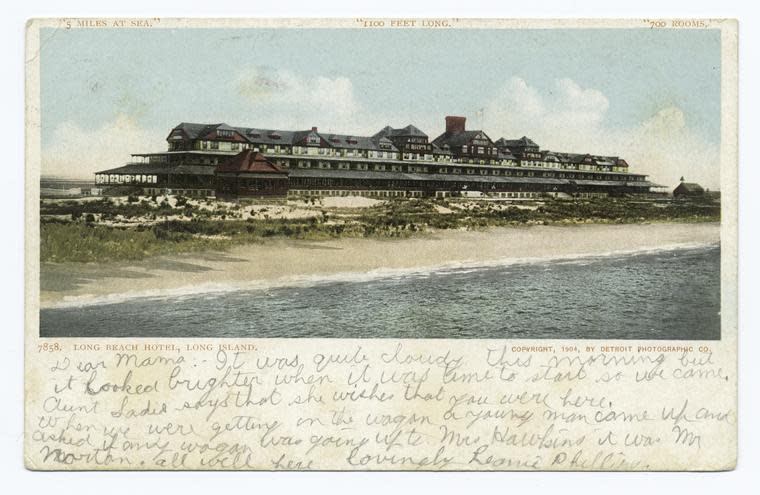
Before European contact, the western half of Long Island was home to the Lenape people. Dutch and English colonists occupied the area in the early 17th century, though not for habitation; for the next 200 years, what we know as Long Beach was devoted to fishing and the cultivation of salt hay, a type of cordgrass used as bedding and fodder for farm animals.
That changed in 1880. With Long Island becoming a summer refuge for well-to-do New Yorkers, banker Austin Corbin, as part of his acquisition and consolidation of the Long Island Railroad, laid track connecting nearby Lynbrook to Long Beach with plans to turn the mostly uninhabited area into a vacation destination. To accomplish that, he also built the Long Beach Hotel, which consisted of 27 cottages along 1,100 feet of pristine beach. In that first year, nearly half a million visitors came to Long Beach.
Corbin died in 1896, and the Long Beach Hotel burned down in 1907, but the growth of the town would continue thanks to another local businessman: William Reynolds. A developer and New York state senator who had helped create the neighborhoods of Borough Park and Bensonhurst, as well as the Dreamland amusement park in Coney Island, he envisioned Long Beach as the next Atlantic City. He and several investors bought up property in 1907 and began building homes, hotels, and the now iconic boardwalk — the latter of which he promoted by marching a herd of elephants from Dreamland through the town.
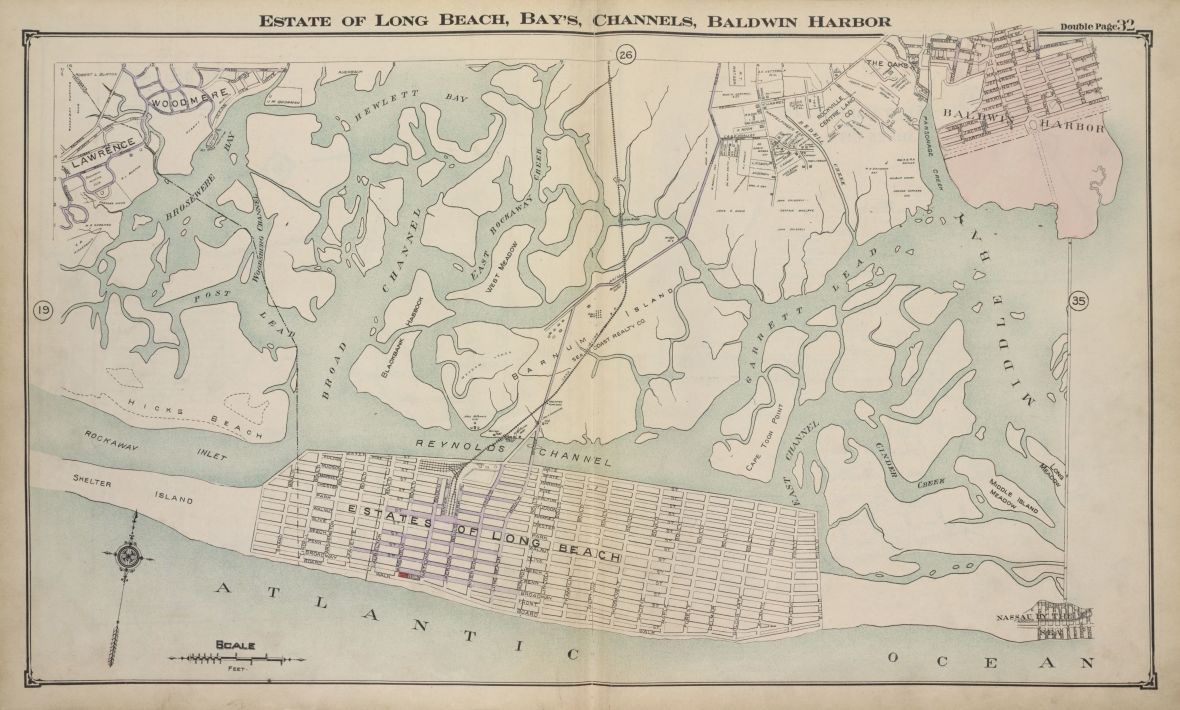
By 1912, Long Beach had been incorporated as a village, and in 1922, it was officially recognized as a city, with Reynolds as its first mayor. Things had gone almost exactly to his plan: the boardwalk and beach brought in countless visitors from New York City. So did attractions like Castles by the Sea, a nightclub and theater that reputedly had the largest dance floor in the world and played host to Vernon and Irene Castle, a husband-and-wife dance team that was one of the most popular in the country.
All that money and fame came with a dark side, though. Long Beach became a notorious haunt for bootleggers and rumrunners during Prohibition, and corruption was endemic. Reynolds was arrested and charged with stealing city funds in 1924; when he was convicted, the town responded by turning off the clock at city hall in protest. It remained out of action until Reynolds was released on appeal later that year. In June 1931, the body of Starr Faithfull, a local model and socialite, was found on the beach; her death by drowning, which became a national tabloid story, was investigated as a homicide but never solved. And in 1939, Louis Edwards, the city’s mayor, was shot and killed in front of his home by a disgruntled police officer and member of his security detail.
Despite the violence and crime, Long Beach remained a destination for the wealthy into the 1940s and was home to several celebrities of the time, including Humphrey Bogart, Clara Bow, James Cagney, Jack Dempsey, and Rudolph Valentino. But that began to change in the 1950s, when more affordable air travel allowed New Yorkers to vacation outside the tri-state area, and when the rise in home air conditioning allowed them to stay home in the sweltering summer months. Gradually, Long Beach went from a seaside resort town to a commuter suburb, and over the next few decades, the boardwalk and surrounding areas went into decline. The increasingly rundown hotels were turned into housing for the mentally ill and those on welfare, and drug dealing became pervasive.
The city was able to turn its fortunes around in the 1980s and ‘90s with the construction of new housing, and while the destruction of the original boardwalk by Superstorm Sandy in 2012 was a serious blow, it was rebuilt within a year. Today, Long Beach is once again a popular vacation spot and beach getaway for locals while also serving as a city in its own right — one of the most densely packed in the nation, with 35,000 people living in an area just a mile wide and 3.5 miles long.
You won’t find elephants or iconic dance teams in Long Beach anymore, but who needs pachyderms or foxtrots? Here are our top picks for what to see and do in town.
HIT THE BOARDWALK
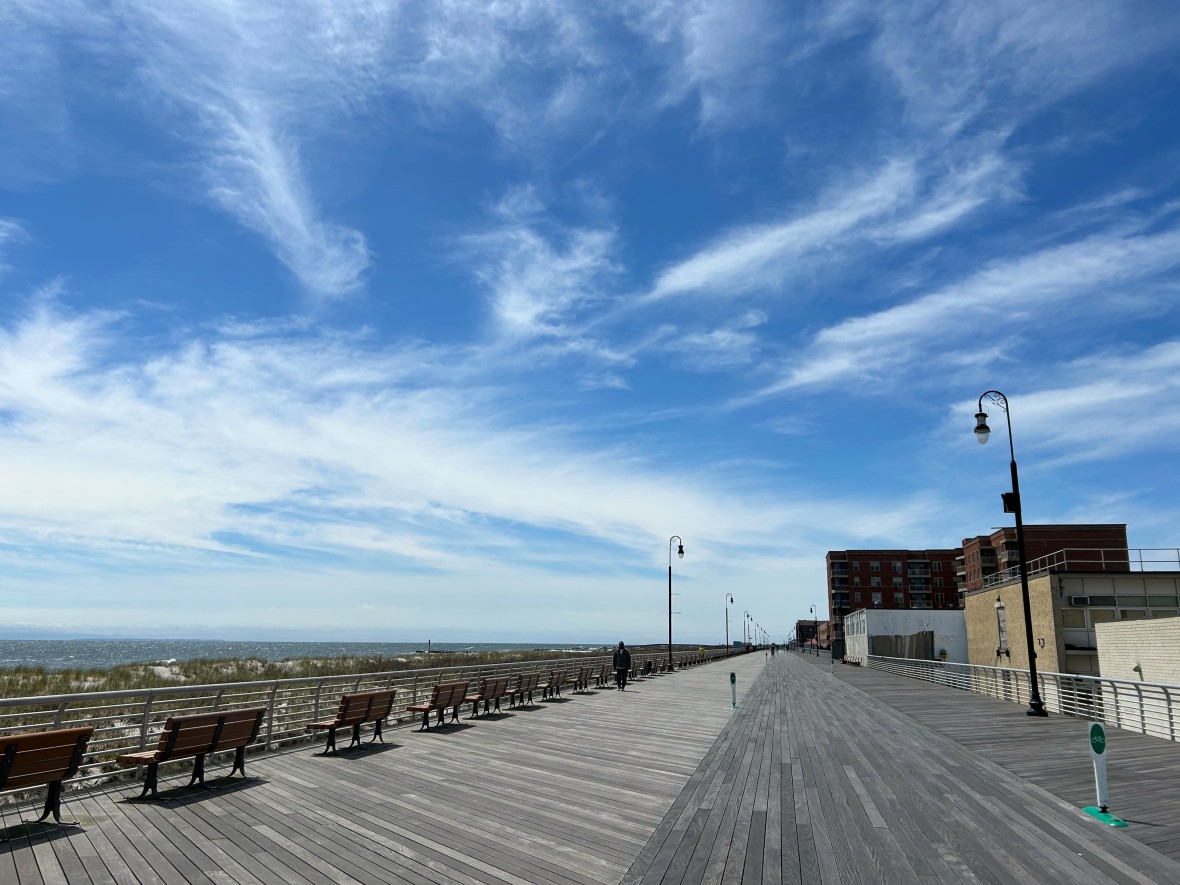
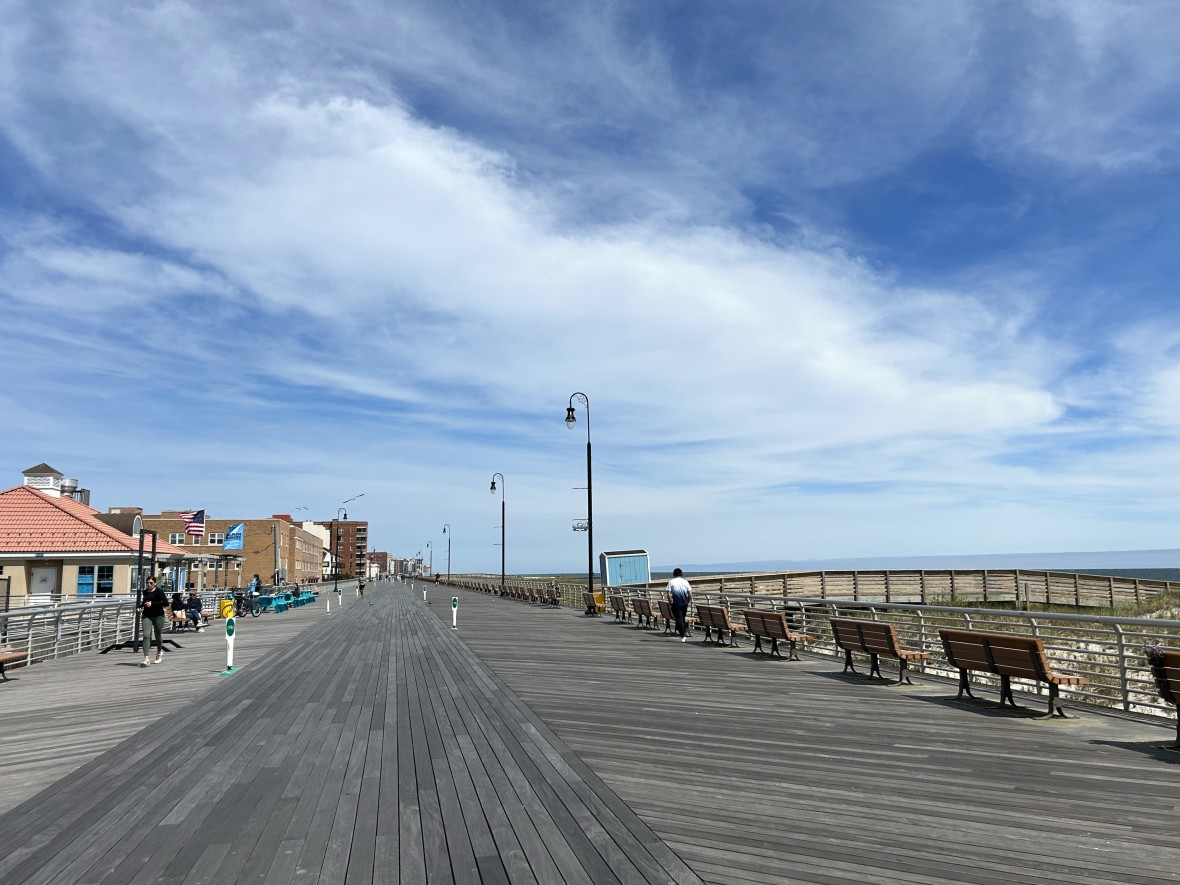
Stretching for 2.2 miles along the beach between Neptune Boulevard on the east end and New York Avenue on the west end, the boardwalk is the pride of Long Beach. At any time of day and most any time of year, you’ll find joggers, cyclists, and pedestrians ambling their way along it. At the height of summer, it’ll be full of beachgoers making their way up and down the shore. It’s the main artery that connects the town, and if you visit, you need to take a stroll along its expansive length.
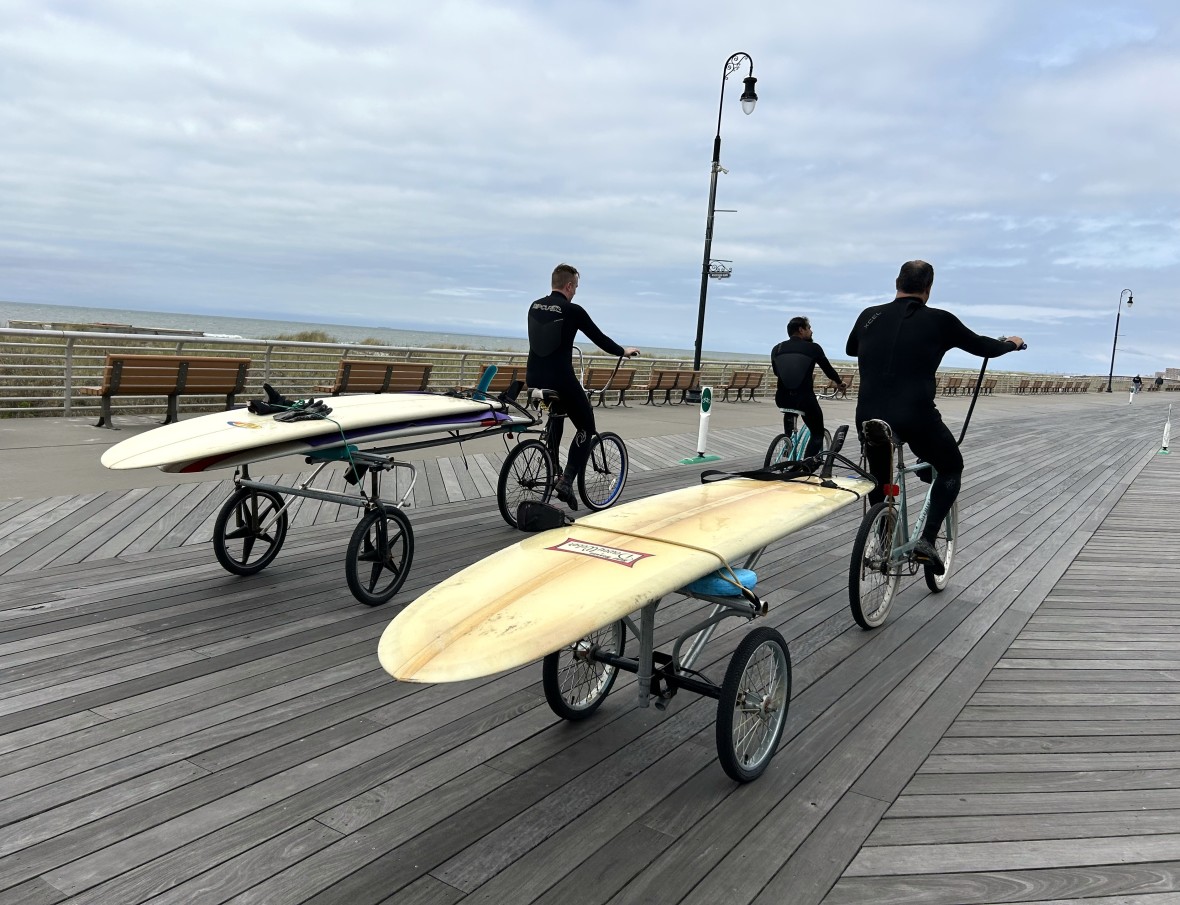
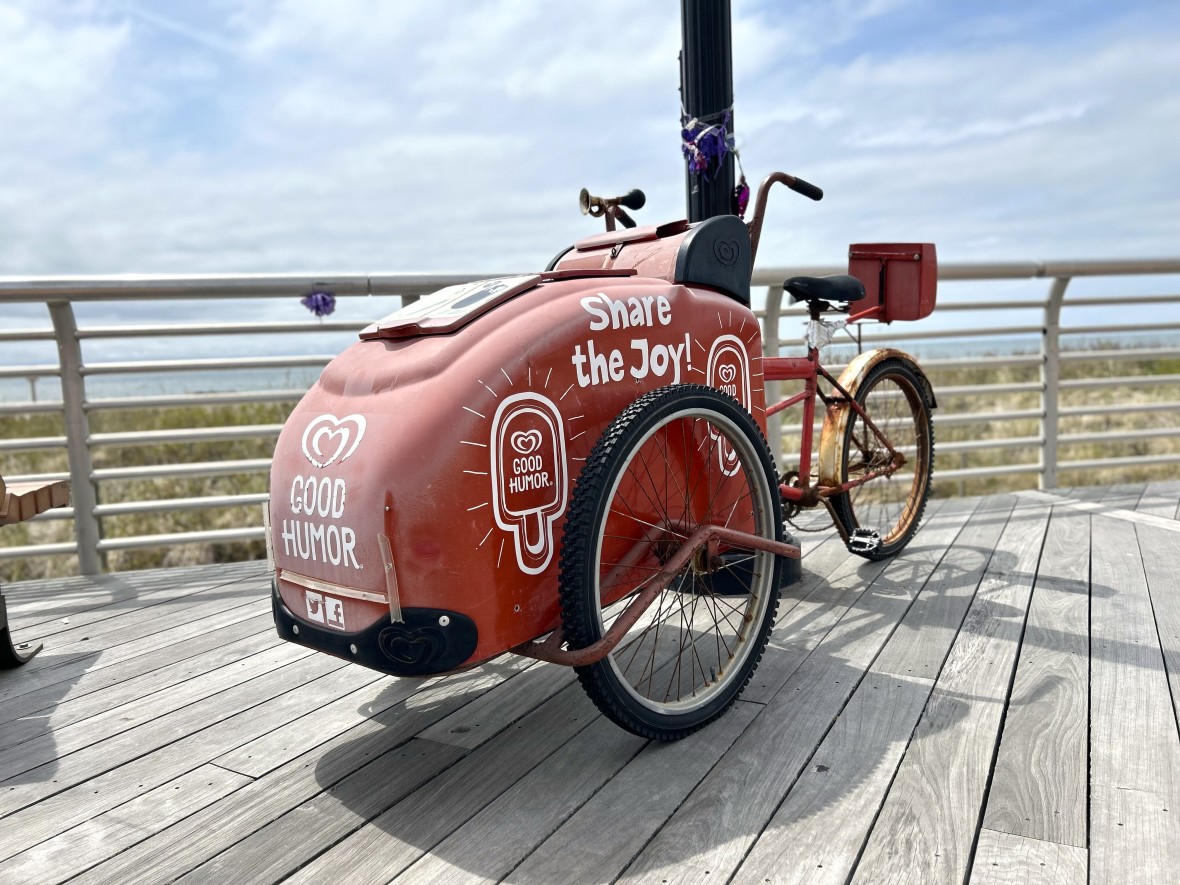
Along the boardwalk, you’ll find access to the beaches, as well as public restrooms and food stands, plenty of benches, a volleyball court, and a playground. If you’ve brought a bike, you can ride it the full length of the boardwalk; the same goes for scooters. If you’re hungry, you can grab burgers at Beach Burger (located at Grand Boulevard), ice cream and milkshakes at Marvel Frozen Dairy (National Boulevard), hot dogs and soup at Lazar’s Glizzy (Lincoln Boulevard), and a mix of Mexican, fried food, salads, and sandwiches at Riptides 11561 (Edwards Boulevard).
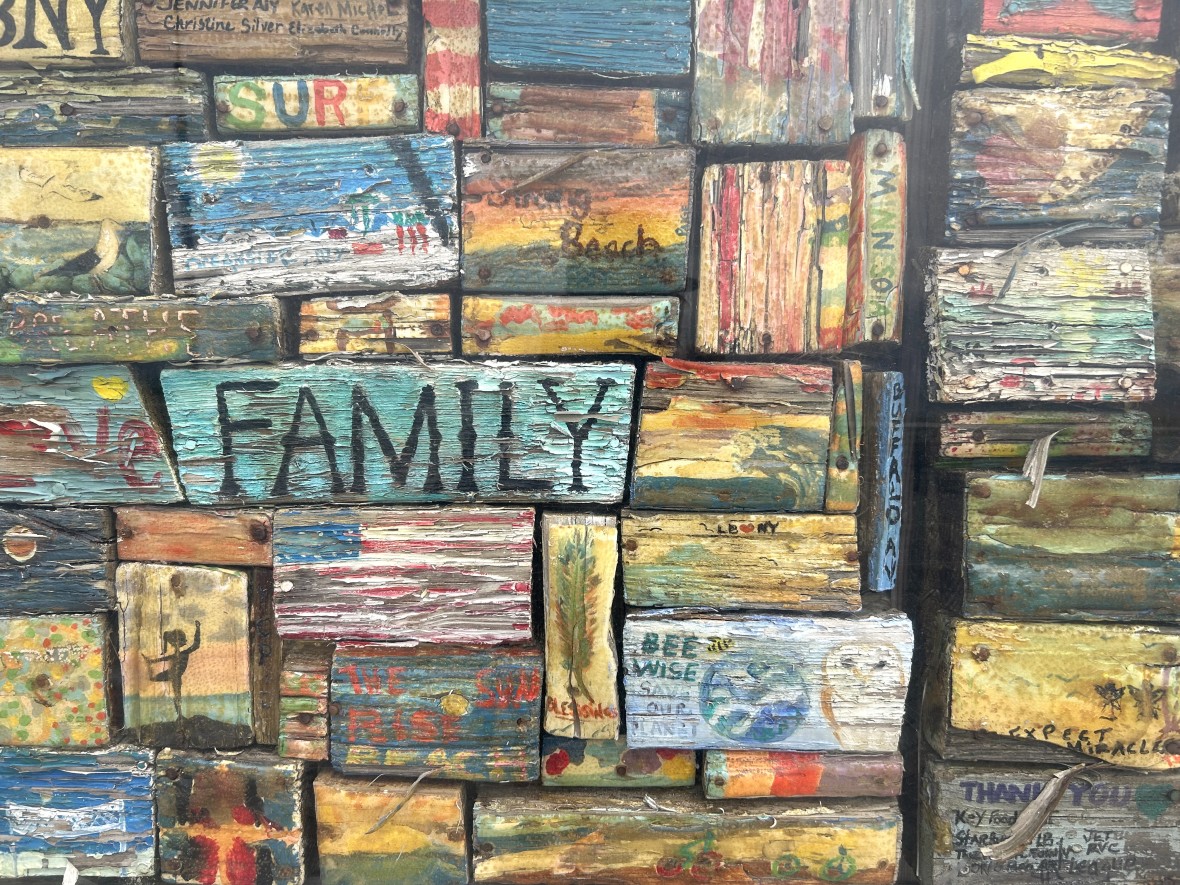
The big summer event on the boardwalk, meanwhile, is the annual arts and crafts festival, during which dozens of local artists and merchants and food vendors set up shop on the boardwalk itself to sell their wares. This year’s festival will take place on July 20th and 21st from 10 a.m. to 6 p.m.
The boardwalk is also where you’ll find Skudin Surf, which offers surfing lessons for kids and adults. Speaking of which...
LEARN TO SURF

No one will mistake New York for Hawaii anytime soon, but if you’ve ever dreamed of catching waves in the metro area, then Long Beach is the place to be. Some of the best surfing in the area can be done right off its shores, and that’s the case year-round, with the best waves usually found in September and into the early autumn, when hurricanes and storms far out in the Atlantic Ocean produce big swells. The relatively tame conditions at Long Beach — occasional strong riptide currents aside — and the manageably sized waves make it an ideal spot for beginners and intermediate surfers.
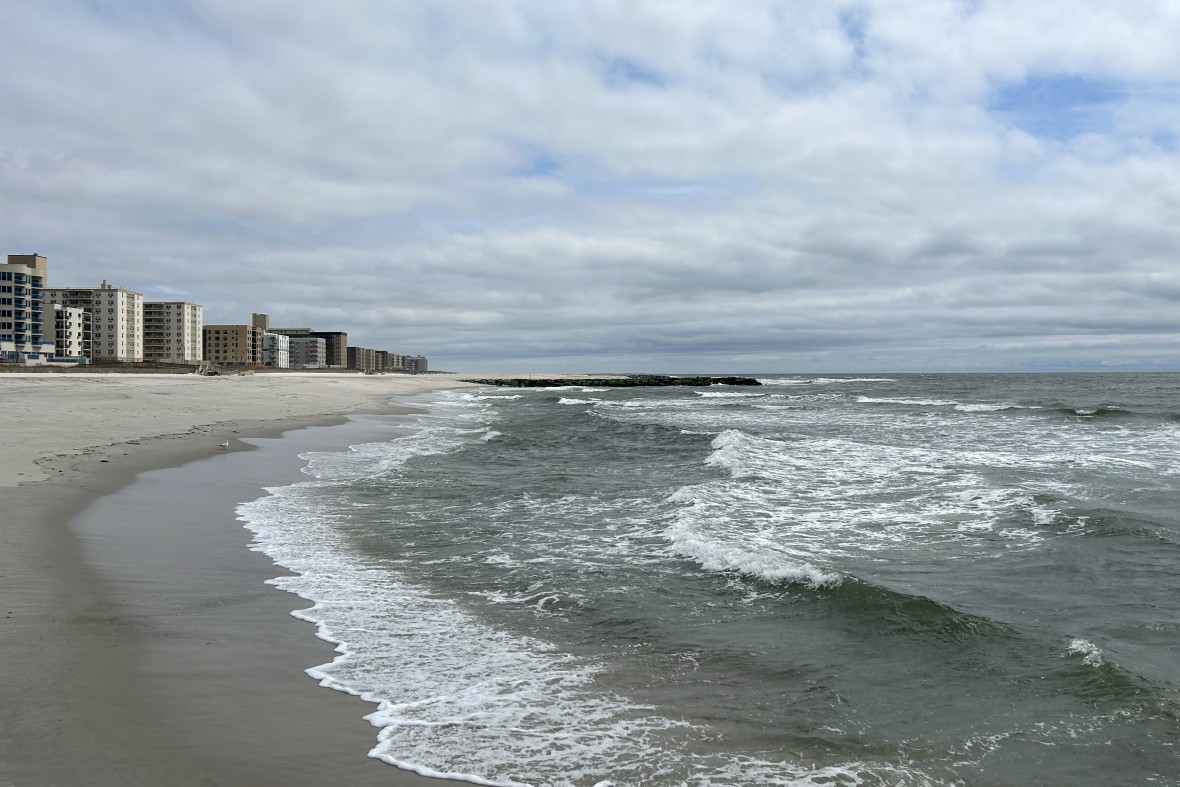
While most New Yorkers have probably never set foot on a board, Long Beach is a great option for those looking to learn or practice their craft. At Skudin Surf, you can take private or group classes or sign up for an entire week of lessons. Owned and operated by brothers Cliff and Will Skudin, the school is the result of a lifetime for both spent out on the waves and in a surfing family; their parents, Dave and Beth, learned the sport from Beth’s father at Gilgo Beach in the 1960s. And Will is an award-winning professional surfer who’s plied his trade around the world, including the massive waves at Nazare, Portugal, where he’s competed in several contests. In other words: You’re in the best possible hands.
Skudin Surf provides rental boards for students, but you can also find whatever gear you need at a variety of surf shops around town, including Unsound, Moku Surf NY, and Long Beach Surf Shop.
HAVE A MEAL AND DRINK IN THE WEST END

If the boardwalk is the heart of Long Beach, then its stomach lies in the West End. Consisting of 26 blocks between New York Avenue and Nevada Avenue (fun fact: all the north/south streets in the West End are named after states), this neighborhood is the culinary center of the city. It’s also go-to nightlife spot for those who want to keep the party going after the sun goes down.
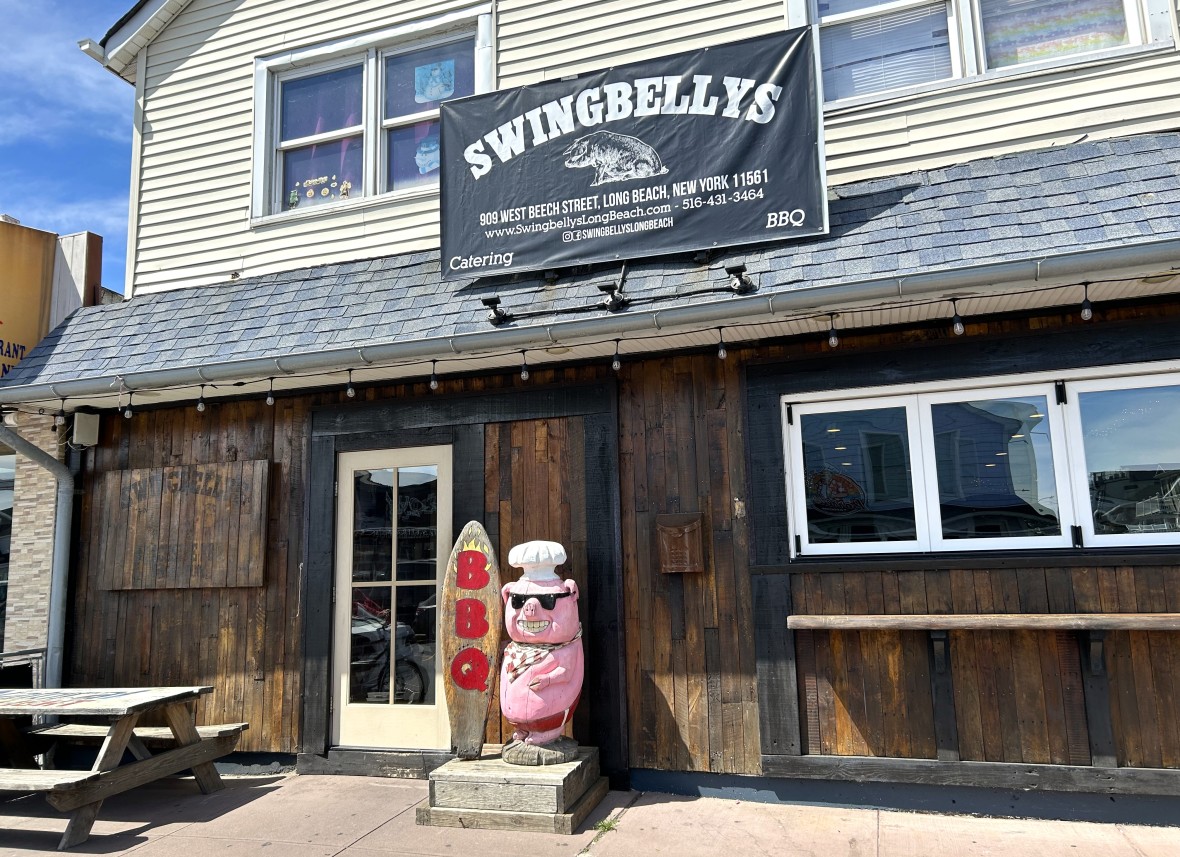
The main stretch of the West End is West Beech Street, where the majority of the area’s restaurants and bars can be found. Some of the more popular haunts include Swingbellys Beachside BBQ (brisket, ribs and pulled pork galore), Lost and Found (small plates, salads, steaks and wine), Grotta di Fuoco (traditional Italian and wood-fired pizzas), the Cabana (classic Mexican) and Lost at Sea (an East Village-sized joint serving fresh seafood and cocktails).
Need some after-dinner entertainment? Minnesota’s has live music and a dance floor, plus a patio for outdoor imbibing. Want something more upscale? Speakeasy has craft brews and nearly two dozen beers on tap. Looking for a low-key night? Head to Shine’s, an Irish pub with a pool table and darts board that's been in business since 1912 and operated as a proper speakeasy during Prohibition.
There’s more to the West End than restaurants and bars, too. Dough Hut is the place to go for coffee and donuts. You can stock up on locally baked soda bread, Barry’s Tea and black pudding at Mary’s Irish Shop, which also serves Irish breakfast. Or if you’re feeling more Mediterranean, go to Sorrento’s, a deli, market and butcher shop with handmade pizzas. Whatever you’re looking for, odds are that the West End has it.
MORE EXPLORING
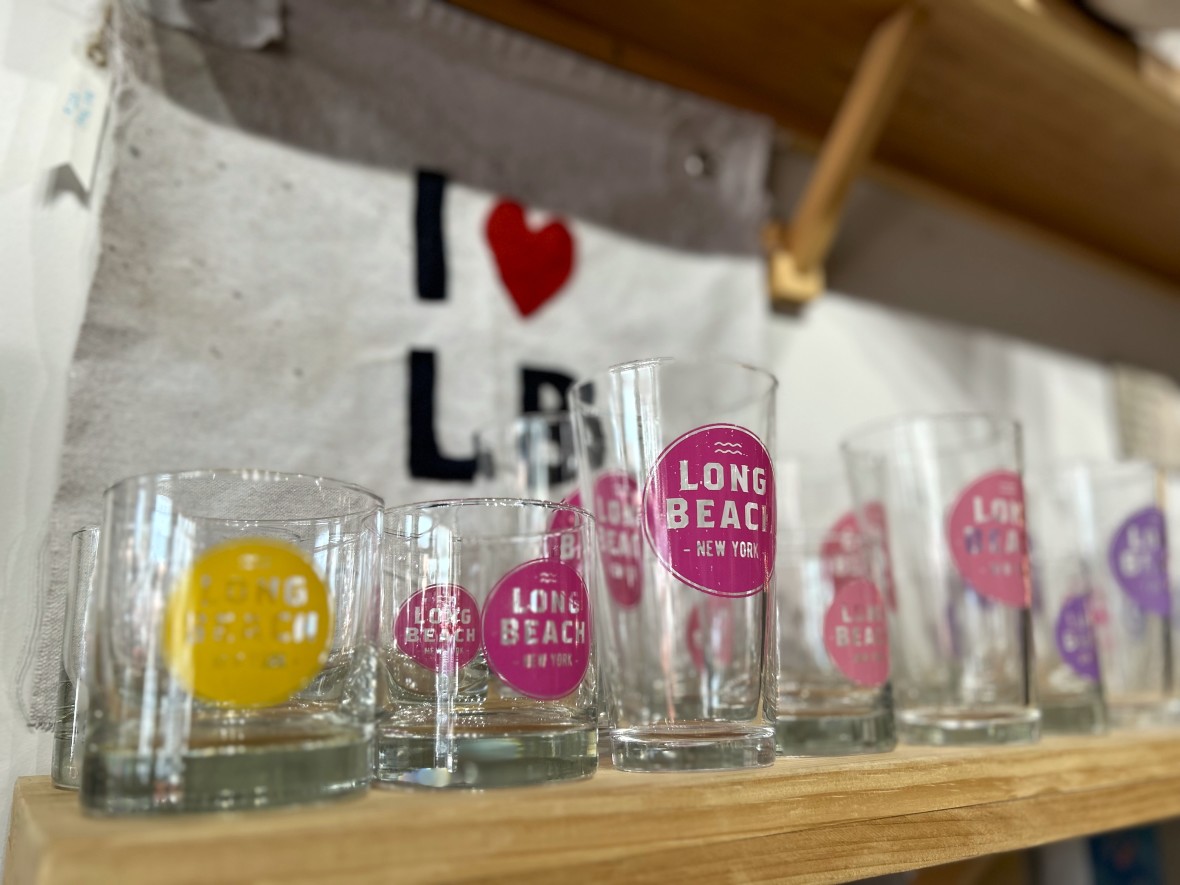

Most of the shopping in Long Beach is in the Central District. Along Park Avenue, you’ll find everything from nail salons to sporting goods to barbershops and Pilates studios. Among the standouts is The Codfish Cowboy, which sells home decor and accessories as well as greeting cards, clothing and games. Going toward the East End, you’ll find Unsound Surf Shop, where you can buy boards and surf gear, or, if you’re not heading into the waves, simply browse their adjacent storefront collection of vintage knick-knacks, prints, maps, toys and more.
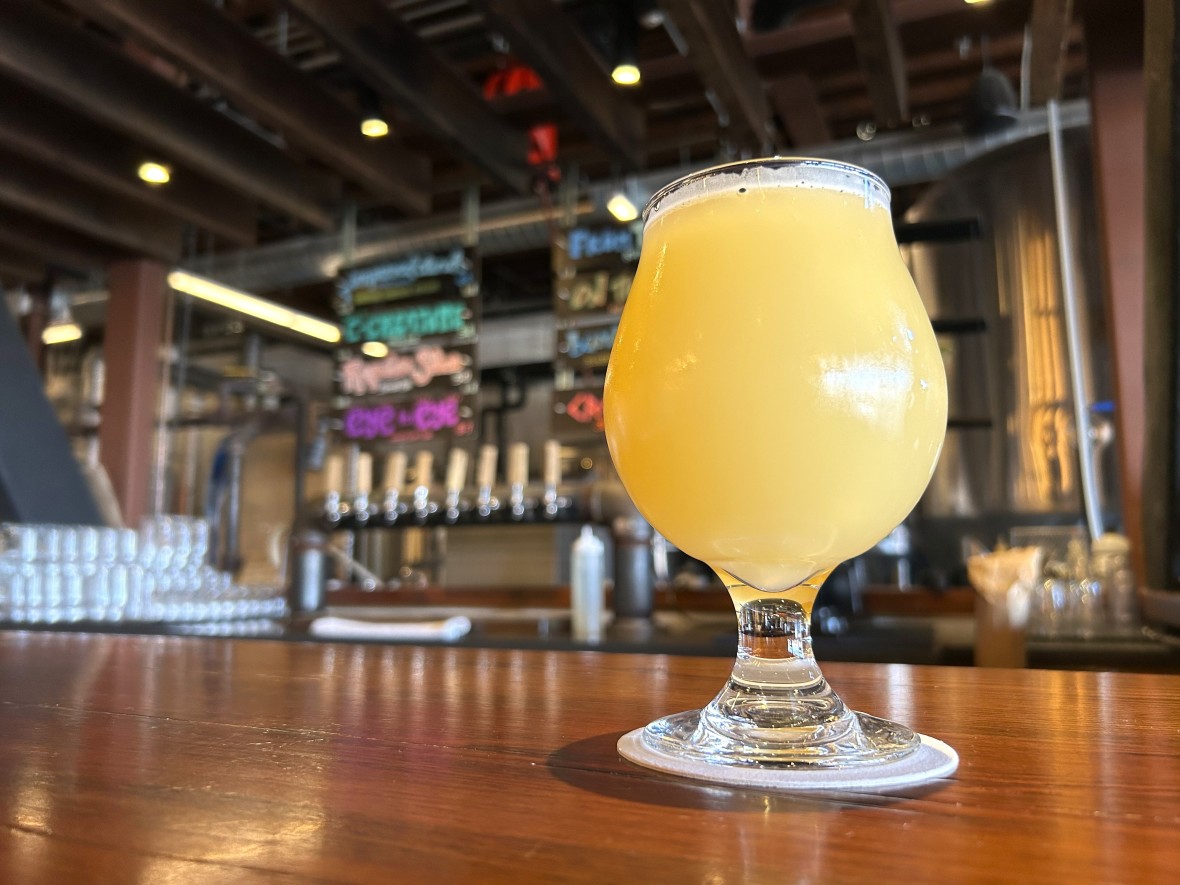
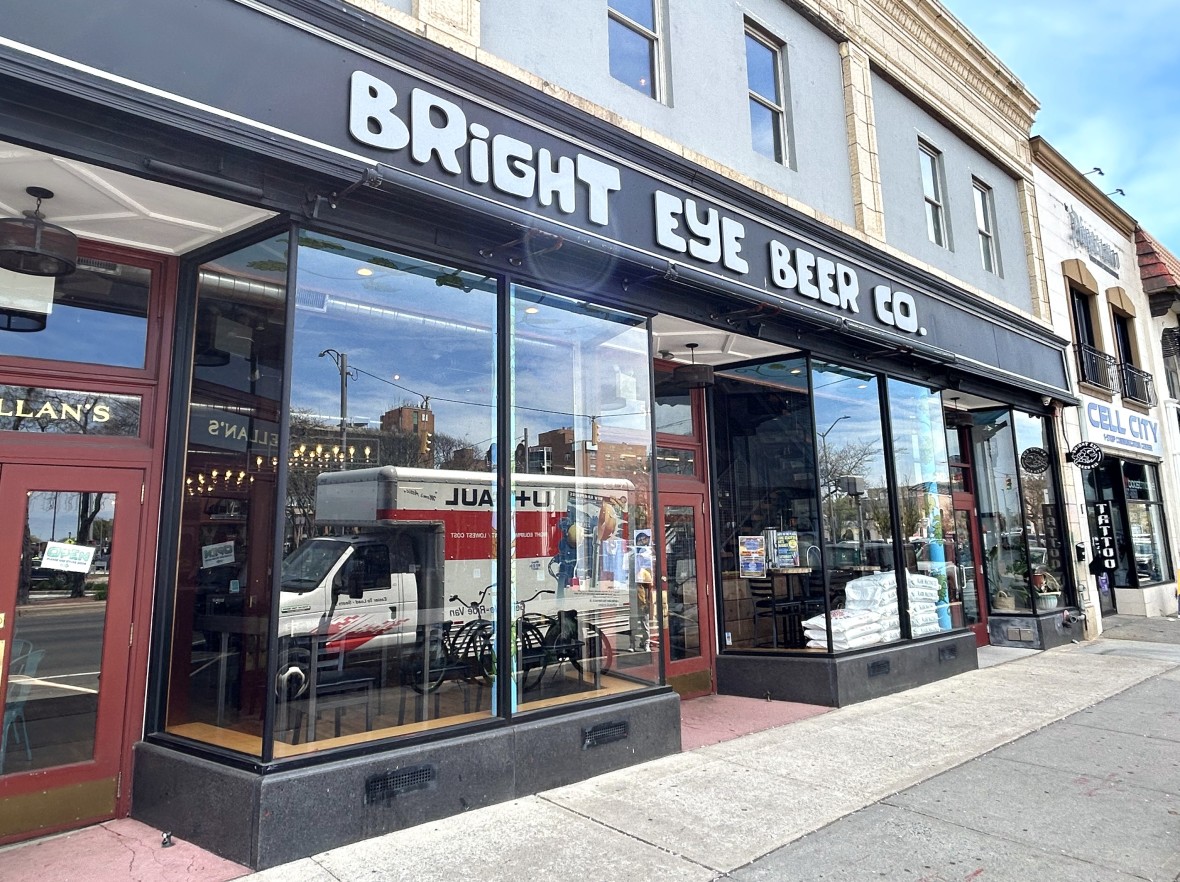

Also in the Central District: Bright Eye Beer Co., a local brewery and taproom that offers craft beers on draft and growlers to go, plus live music on weekends — and both kids and dogs are welcome.
Looking for a classic diner? The Laurel Diner has got you covered. They've been serving the community since 1932 and are a Long Beach institution.
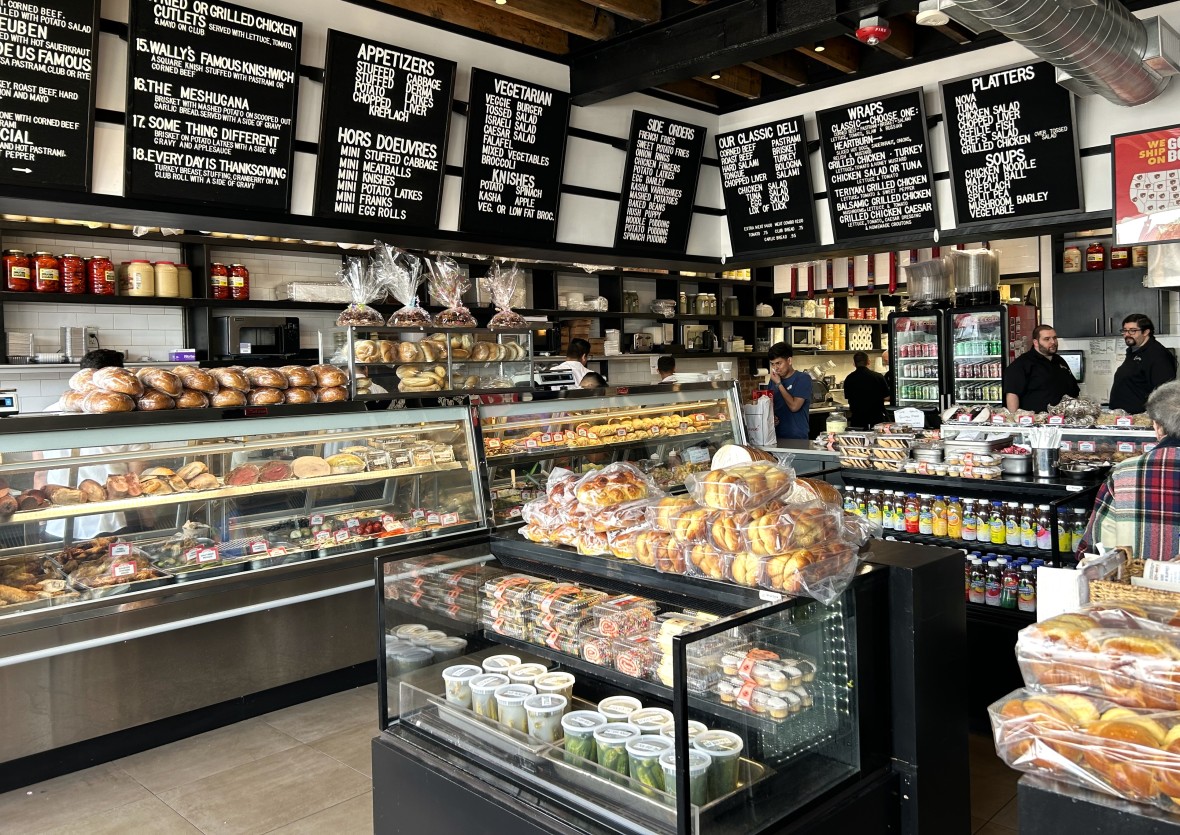
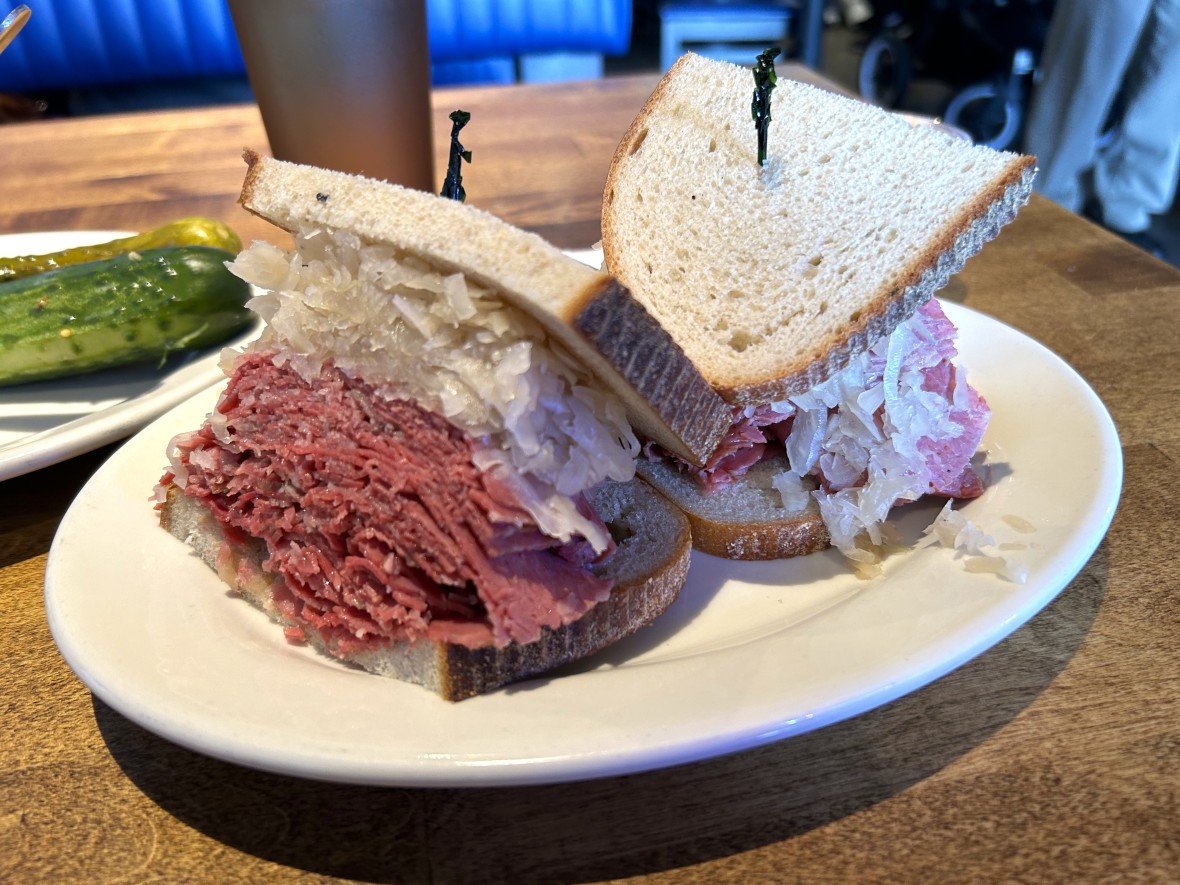
There’s plenty to eat outside of the West End. In the East End, head to Lido’s Kosher Delicatessen. You can either pick from the expansive array of salads, knishes and meats in the store, or you can grab a table and try to take down one of their excellent and hefty sandwiches. Back in the Central District, Gino’s of Long Beach is the go-to pizza parlor. Their slices have a sweet and tangy tomato sauce and are doughy without being chewy. Best of all, they’re located right across the street from the LIRR station in case you come to town hungry or need a bite on the way back to New York.
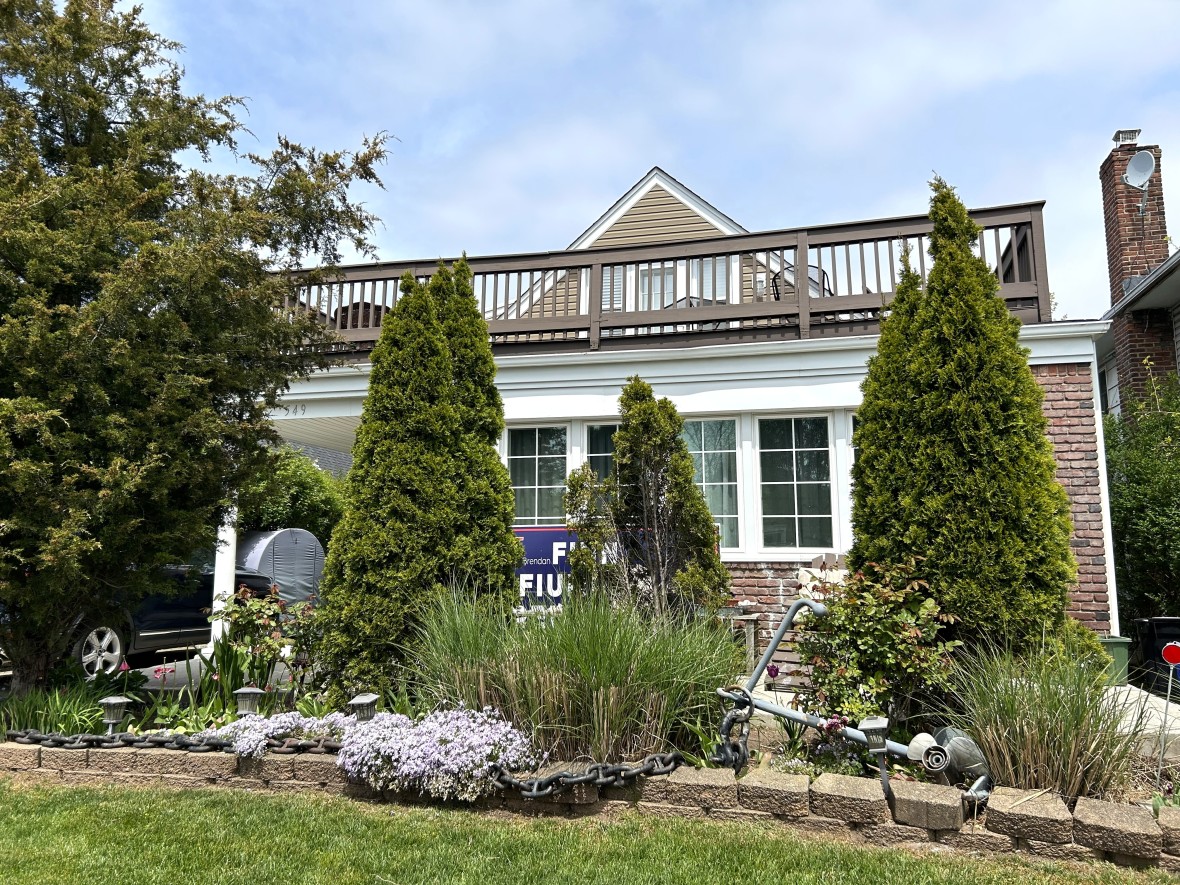
A handful of celebrities have called Long Beach their home — rappers MF Doom and Lil Peep, rock guitarist and singer Joan Jett, former NBA coach Larry Brown, and sports radio host Mike Francesa, to name a few. But Long Beach’s most famous son is undoubtedly Billy Crystal, who spent his childhood there and attended Long Beach High School before moving on to a career in show business. And if you’re so inclined, you can see the house that Crystal grew up in at 549 E. Park Ave (though the Crystal family no longer owns it).
If you’d like to learn more about Long Beach and its history, check out the collection of the Long Beach Historical and Preservation Society, located near the boardwalk. Founded in 1980, the society maintains an archive of documents, photos and artifacts covering Long Beach’s past, all located in a historic two-story Craftsman house built in 1909 with a design style (a red tile roof with a white stucco exterior) mandated by William Reynolds in his original plans for the town. The museum is open to the public on Sundays and also hosts walking tours and other events.
Right next to the LIRR station is Long Beach’s city hall and Kennedy Plaza, a small open-air area that hosts farmer’s markets during the summer on Wednesdays and Saturdays, as well as Arts in the Plaza, a weekly local handcrafted art market that runs every Saturday in the summer.
GETTING THERE
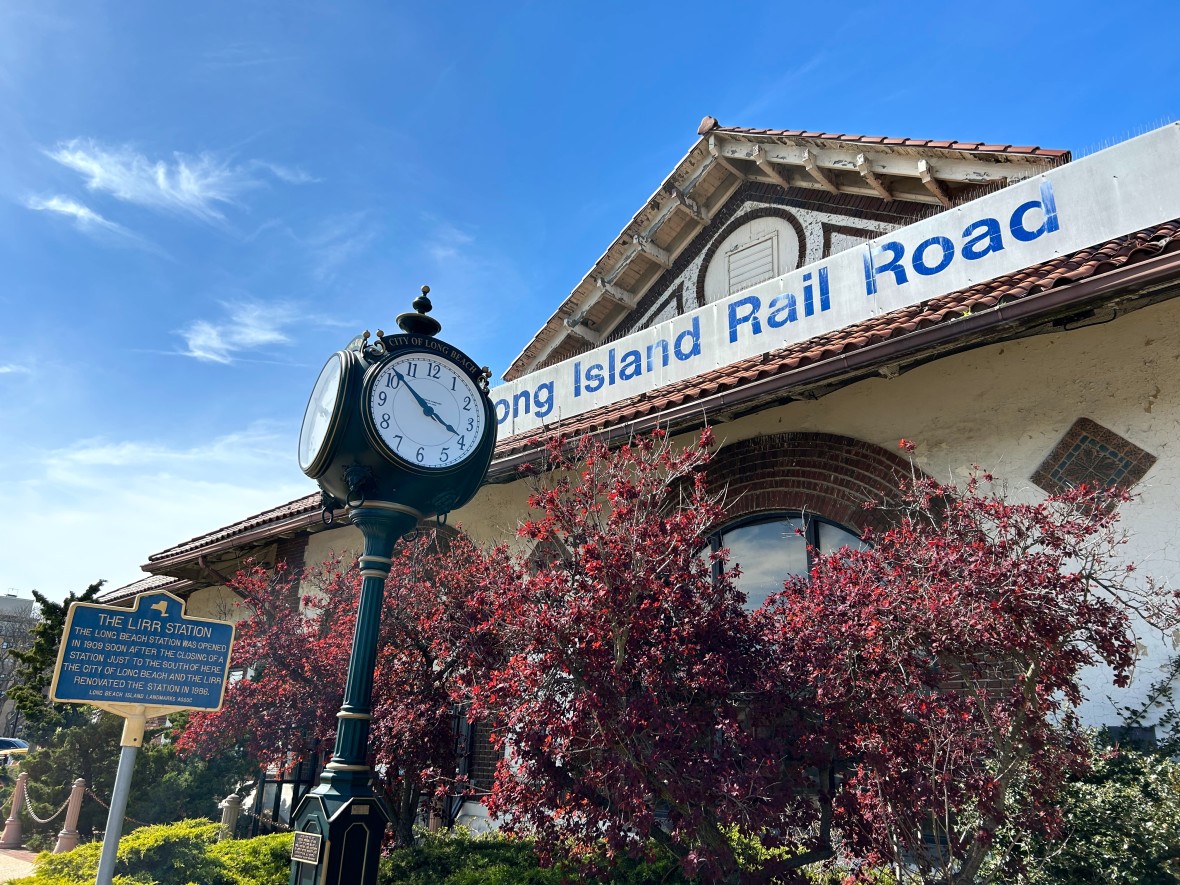
Take the train to the beach with Long Island Rail Road. You can reach Long Beach on the LIRR’s aptly named Long Beach Branch, with a travel time from Grand Central, Penn Station, and Atlantic Terminal of roughly an hour. (Keep in mind that, if you’re coming from Grand Central, you may have to transfer at Jamaica to a Long Beach-bound train depending on your time of departure.) When you arrive at Long Beach, you’ll exit through a station built in 1909 in the red tile roof and white stucco style that was particular to the town at the time.
We have a package MTA deal for discounted train tickets to/from Long Beach station, admission to the beach, and a voucher for discounts at various Long Beach merchants. Learn more here.
LIRR
Long Beach
You can take the Long Island Rail Road to Long Beach via the Long Beach Branch



